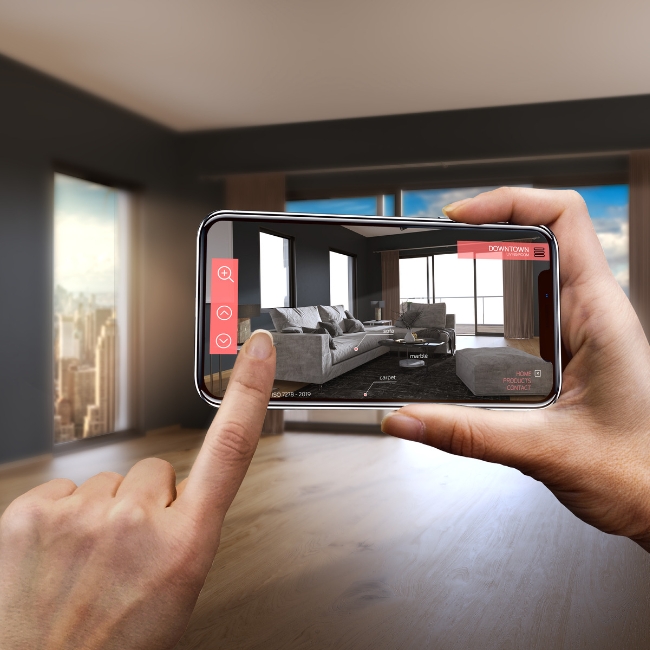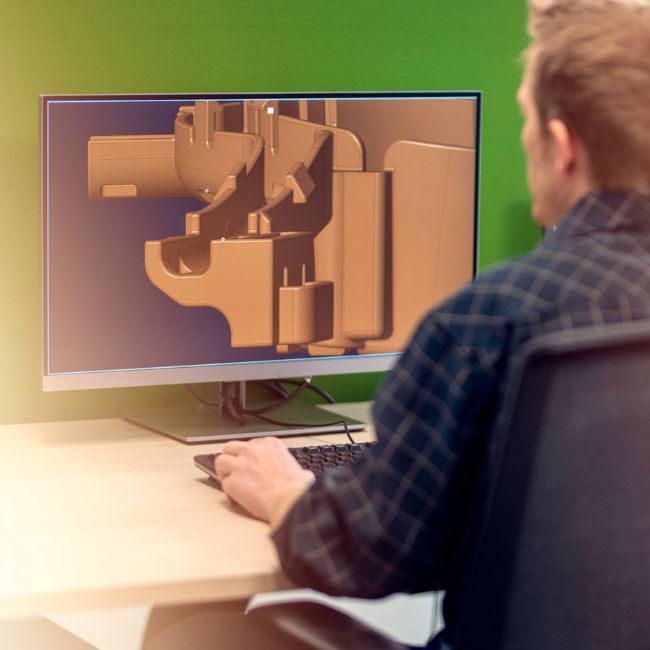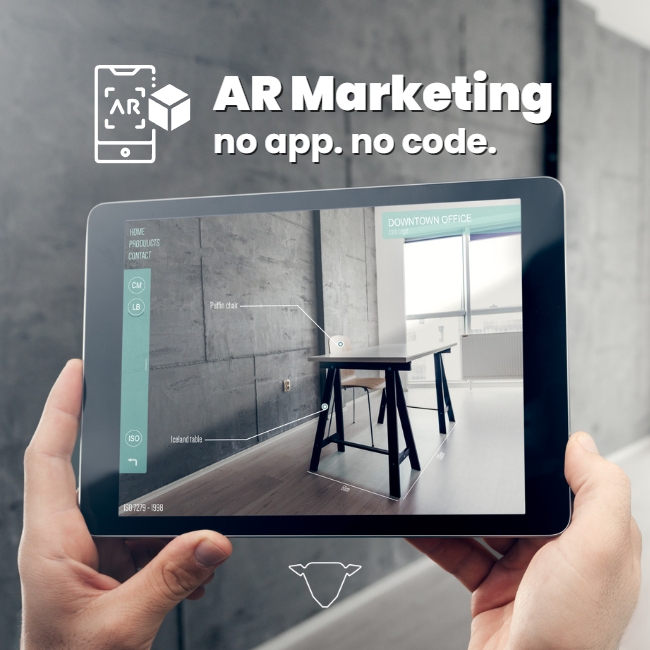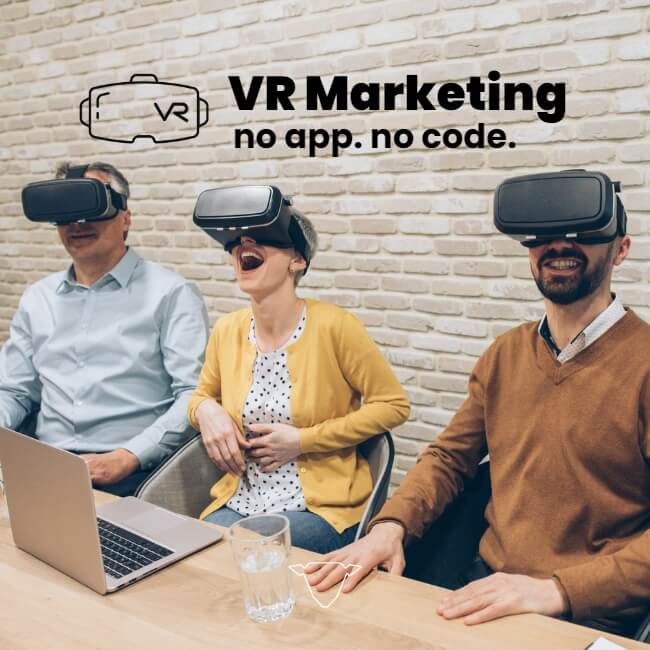#3Dmarketing #ROI
Maximizing Your ROI with a 3D Marketing Tool
Written by Gokhan Guneri / Co-Founder
As former CMO, I understand the importance of staying ahead of the curve when it comes to technology and engaging with potential customers. One tool that has been gaining traction in recent years is 3D Marketing.
In this comprehensive guide, I will delve into the world of 3D marketing, discussing how it can improve your ROI, the role of augmented and virtual reality, best practices, and tools for creating 3D models, and the future of this exciting field.
Introduction to 3D Marketing
First, let's define; what is 3D marketing?
Simply put, it involves using 3D models and visuals to engage with potential customers. This can be done through a variety of mediums, such as websites, social media, and even in-store displays.
The goal is to create an immersive experience that captures the attention of the viewer and entices them to take action.


Understanding 3D Models and Their Impact on Website Engagement
One of the primary ways that 3D marketing can improve your ROI is by increasing website engagement. 3D models can provide a more interactive and engaging experience for visitors to your site.
They can be used to showcase products from multiple angles, demonstrate functionality, and provide a more realistic representation of your offerings.
In fact, studies have shown that websites that incorporate 3D models have higher engagement rates and longer time spent on the site compared to those that do not. This is because 3D models provide a more immersive experience, allowing visitors to explore your products in a way that 2D images or videos cannot.
How 3D Models Can Improve Your ROI
So, how exactly can 3D models improve your ROI?
For starters, they can increase conversion rates. By providing a more immersive and engaging experience, potential customers are more likely to make a purchase or take some other desired action on your site.
Additionally, 3D models can help to reduce returns and improve customer satisfaction. By providing a more accurate representation of your products, customers are less likely to be disappointed when they receive their order. This can lead to fewer returns and happier customers, which can ultimately lead to repeat business.
Finally, 3D models can help to differentiate your brand from competitors. By providing a unique and engaging experience, you can stand out in a crowded marketplace and attract more attention to your offerings.

The Role of Augmented Reality in 3D Marketing
Another exciting development in the world of 3D marketing is the use of augmented reality (AR). AR involves overlaying digital content onto the real world, creating a more immersive experience for users.
One way that AR can be used in 3D marketing is by allowing customers to see what your products would look like in their own environment. For example, a furniture company could use AR to allow customers to see what a couch would look like in their living room before making a purchase.
This can help to increase customer confidence in their purchase, as they can see exactly how the product will fit into their space. Additionally, it can help to reduce returns, as customers are less likely to be disappointed with their purchase if they have a better idea of how it will look in their home.
Use 3D Marketing Technology 15 Days Free
Try Clooned today and take your products to the next level!
Contact us for more information.
Virtual Reality and Its Potential in 3D Marketing
While AR is still a relatively new technology, virtual reality (VR) has been around for a bit longer. VR involves creating a completely immersive digital environment, allowing users to interact with digital content in a more realistic way.
While VR is still in its early stages when it comes to marketing, there is a lot of potential for this technology. For example, a car company could use VR to allow customers to take a virtual test drive of a new model, providing a more engaging and realistic experience than a simple video or photos.
While implementing VR can be more complex and expensive than other 3D marketing strategies, the potential rewards can be significant. By providing a more immersive and engaging experience, you can capture the attention of potential customers and stand out in a crowded marketplace.
Implementing a 3D Marketing Strategy
Now that we've discussed the potential benefits of 3D marketing, let's talk about how to implement a strategy.
The first step is to determine your goals and objectives.
- What do you hope to achieve with your 3D marketing efforts?
- Are you looking to increase conversions, reduce returns, or differentiate your brand?
Once you have a clear idea of your goals, you can begin to develop a plan for how to achieve them. This may involve creating 3D models for your website, incorporating AR or VR, or developing a social media campaign.
Creating 3D Models for Your Website
One of the most important aspects of 3D marketing is creating high-quality 3D models. These models should be visually appealing, accurate, and provide the viewer with a sense of the product's functionality.
There are a variety of tools and software available for creating 3D models, ranging from simple online platforms to more complex professional software. It's important to do your research and find a tool that works for your needs and budget.
Best Practices for Using 3D Models in Marketing
When using 3D models in your marketing efforts, there are a few best practices to keep in mind. Firstly, it's important to ensure that the models are optimized for use on your website or other platforms. This may involve reducing the file size or optimizing textures and materials.
Additionally, it's important to consider the user experience. The models should be easy to navigate and provide a clear view of the product. It's also important to consider the context in which the model will be used. For example, a model used on a mobile site may need to be simplified to ensure fast load times.

Tools and Software for Creating 3D Models
There are a variety of tools and software available for creating 3D models, ranging from simple online platforms to more complex professional software. Some popular options include SketchUp, Blender, and Autodesk 3DS Max.
When choosing a tool or software, it's important to consider your needs and budget. Some tools may be more expensive or complex than others, but may offer more advanced features. It's also important to consider the learning curve, as some software may require more training and experience to use effectively.
I highly recommend Blender as a free option with amazing features and very powerful 3D engine.
Examples of Successful 3D Marketing Campaigns
To get a better idea of how 3D marketing can be used effectively, let's take a look at some examples of successful campaigns.
One example is the IKEA Place app, which allows users to see what furniture would look like in their own home using AR.
Another example: Castrol EDGE has premiered its latest Titanium Trial driving challenge, featuring Formula Drift professional Matt Powers driving his Roush Stage 3 Mustang whilst wearing a state-of-the-art Oculus Rift Development Kit 2 headset: blind to the real world around him, but fully-immersed in a rapidly changing 3D virtual world.
These campaigns demonstrate the potential of 3D marketing to provide a more engaging and realistic experience for customers. By utilizing these technologies, these brands were able to differentiate themselves from their competitors and provide a unique experience for potential customers.

Measuring the Success of Your 3D Marketing Efforts
As with any marketing strategy, it's important to measure the success of your 3D marketing efforts. This can involve tracking metrics such as website engagement, conversion rates, and customer satisfaction.
It's also important to gather feedback from customers to understand how they are responding to your 3D models and other marketing efforts. This feedback can be used to refine your strategy and improve the user experience.
The Future of 3D Marketing
Finally, let's talk about the future of 3D marketing. As technology continues to evolve, we can expect to see even more exciting developments in this field.
For example, advances in VR technology may allow for even more immersive experiences, while the use of AI and machine learning could help to personalize the experience for individual users.
Additionally, we can expect to see more brands adopting 3D marketing as a way to differentiate themselves and provide a more engaging experience for customers.

Conclusion
In conclusion, 3D marketing is an exciting and rapidly evolving field that has the potential to improve your ROI and provide a unique and engaging experience for customers. By utilizing 3D models, AR, and VR, you can differentiate your brand and provide a more immersive experience for potential customers. By following best practices and measuring your success, you can refine your strategy and continue to improve your ROI in the years to come.
Ready to take your marketing strategy to the next level with 3D marketing?
Contact us today to learn more about how we can help you create engaging and immersive experiences for your customers.
©2023. GUNERY. All Rights Reserved.







